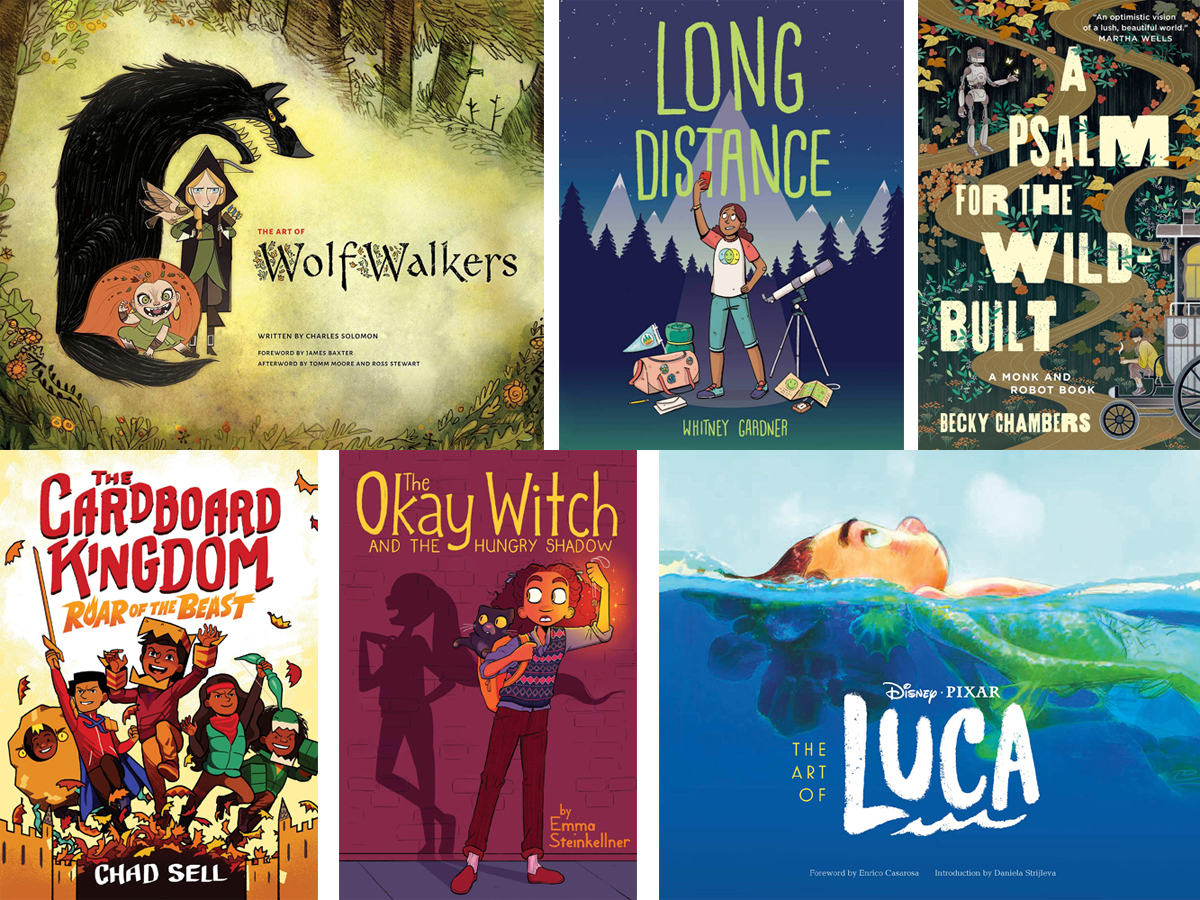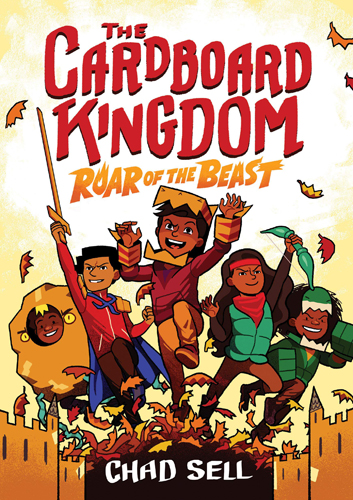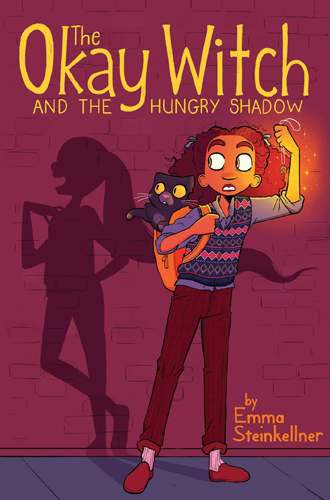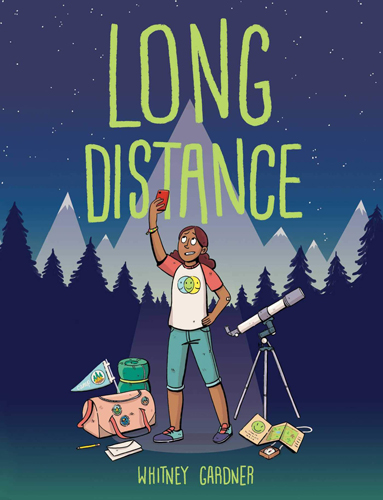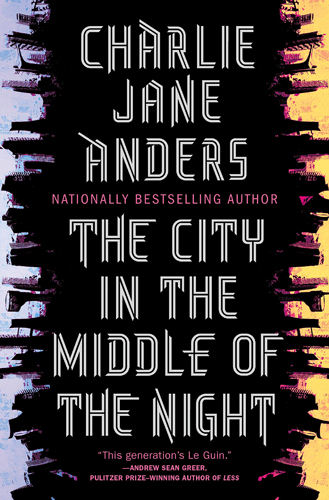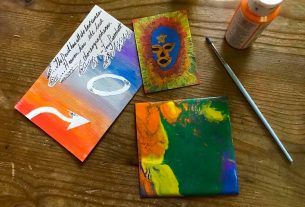
I was thinking of titling today’s column “More Than Meets the Eye,” but it doesn’t actually have anything to do with Transformers. It is, however, all stories about hidden depths—some literally, some metaphorically.
The Art of WolfWalkers written by Charles Solomon
I’ve been sitting on this art book for a while because we didn’t have an Apple TV+ subscription to watch the film, but we finally sat down and watched the film, and it was wonderful. Cartoon Saloon—also the studio behind The Book of Kells and Song of the Sea—just does a remarkable job with their hand-drawn animation, and WolfWalkers raised the bar even further.
The story takes place in Kilkenny, Ireland, drawing some inspiration from Oliver Cromwell and his campaign to bring order, in part by cutting down the forests and ridding the land of wolves. Robyn is a young girl whose father has been brought in to hunt the wolves, and she encounters Mebh, a wolfwalker girl who can take the form of a wolf.
The Art of WolfWalkers is an amazing companion to the film, and is filled with the sort of thing I love to see: not only does it have plenty of character designs, storyboards, a color script, concept artwork, and other illustrations, but the text itself is also illuminating. Not only does it tell a bit of the history of Kilkenny and the legends of the wolfwalkers, but it describes the way that the artists used a different type of lines to further differentiate the rigid town from the fluid forest.
There are a few minor spoilers, so I recommend seeing the film first, but if you enjoyed the movie this book will give you an even deeper appreciation of the thought and work that went into making it.
WolfWalkers: The Graphic Novel adapted by Sam Sattin
Along with the art book, this is another way to immerse yourself in the world of Robyn and Mebh. It’s a pretty direct adaptation of the film into a hardcover comic book, preserving the dialogue and art. There’s a short prologue added that isn’t seen in the movie, telling the story of Saint Patrick, the wolfwalkers, and the arrival of the Lord Protector. The rest of the book follows the movie closely, so it’s primarily another way to enjoy the story, even if it doesn’t add much more.
The Art of Luca
Another movie my family watched recently was Luca, the latest Pixar film. Luca is a young sea monster who lives off the coast of Portorosso, an Italian fishing village where the stories of sea monsters are part of the culture. Meanwhile, the actual sea monsters aren’t all that scary—they’re just trying to live their pastoral lives under the surface, and Luca’s parents warn him with stories about the “land monsters” and the dangers of going near the shore. But then Luca meets Alberto, another sea monster who’s been living on land (their appearance turns into a human when they’re dry), and he has his eyes opened to an entire world that’s different from his own.
This art book is a lot of fun to peruse—you get to see a lot of the character designs in particular, from sketches to clay models to digital models; I particularly enjoyed the drawings of various sea monsters in their sea and human forms. There’s also a lot about the design of the fictional Portorosso, which was inspired by the seaside towns where director Enrico Casarosa grew up (and had adventures with his own childhood friend Alberto). The book also includes some photographs taken by (and of) the Pixar crew on their research trip to Italy, to show the blue waters and old villages they used for reference.
There’s not as much text overall, though—you get a little bit of insight into the inspiration, but it is primarily a book that showcases the artwork itself.
The Cardboard Kingdom: Roar of the Beast by Chad Sell
This is a sequel to The Cardboard Kingdom (which I mentioned in this Stack Overflow in 2018), about a neighborhood where the kids have a shared imaginary world with heroes, creatures, a tavern, and even some villains. They wear costumes made of cardboard, but we also get to see the way they see themselves, as adults (or beasts). This story takes place at Halloween; Vijay’s costume is crushed by a teenage bully, and he becomes despondent. Meanwhile, Nate spots a monster in his backyard—and breaks his leg during an attempt to chase it, so he runs the investigation from his room. Some of the kids may know more about the monster, though …
The first volume introduced the kids and their alter egos, and this one is more about following the plot about the mysterious monster, along with some other threads: for example, Alice (who runs the Dragon’s Head Inn out of Becky’s garage) is cooking up something scary for Halloween. The cast of characters (designed by number of writers) is diverse, and this volume also shows some of the characters growing into their identities or figuring themselves out a little more.
The Okay Witch and the Hungry Shadow by Emma Steinkellner
Here’s another graphic novel sequel (see more about the first book here). Moth is settling into her witch heritage, though her mom has banned using magic at school, though she still suffers from a lot of typical middle school troubles—and it doesn’t get any easier when her mom starts dating her nerdy teacher. But Moth finds a charm belonging to her grandmother that lets her become more confident and cool. She uses it to stand up to the school bully, and then finds herself relying on it more and more often. Of course, as you might expect, nothing in life (even—or especially—when it’s magic) is free, and there’s a cost to using the amulet, a lesson that Moth is eventually forced to confront.
I was impressed with the way that the book also touches on some heavier topics. Moth’s best friend, Charlie, is descended from the people who were hunting Moth’s witch ancestors, so even though he’s a bit of a nerd and gets picked on, he doesn’t understand at first how Moth’s experience is different, the way that her skin color and ancestry are tied to the way that she is treated. There’s also the competition to be Founderella, kind of like a homecoming queen, and Moth is able to show how it has historically used a narrow-minded definition of “best” that excluded a lot of people who didn’t fit into the town’s image of itself. The topics are well-integrated into the story, too, and don’t feel out of place, even with the magic and mayhem.
Long Distance by Whitney Gardner
Vega has just moved from Portland to Seattle, and she’s not excited—she’s leaving behind her best friend and just isn’t really interested in making new friends, despite what her dads tell her. Over her protests, she gets sent to Very Best Friend Camp—and while she does get to know a couple of other kids, there’s definitely something weird going on. The camp counselors are really enthusiastic, and there’s a kid named George Washington who seems to change personalities every day.
Vega struggles with the fear that her best friend might replace her—or that she’d be replacing her best friend if she made new friends, and part of the book is about facing that fear and learning to be okay with change. It turns out that some of the other kids have their own fears that they’re wrestling with, and one in particular has a huge secret. It’s a pretty amusing story, and I personally enjoyed the setting in the Pacific Northwest. There are also some little informational bits scattered throughout the book, like how a sextant works or what a thunder egg is. It’s no Science Comics book, but the little factoid boxes were fun to come across.
A Psalm for the Wild-Built by Becky Chambers
Becky Chambers’ Wayfarers series has now concluded, but here’s something to soothe your soul: a short novel about a monk and a robot. On the small moon of Panga, the robots gained self-awareness centuries ago and decided they wanted to leave human civilization behind, and the humans honored that decision. The robots left into the wilderness; the humans, fearful of repeating history, have since limited the types of technology and machinery they develop and use.
Dex is a tea monk: they travel from village to village with their custom-built cart, and set up a tea service that serves as a form of therapy for the visitors, who come to get a warm drink and a listening ear. But something isn’t working for Dex, so they make a spur-of-the-moment decision to ride off into the wilderness … where they encounter a robot, the first one seen since they left.
It’s a wonderful, beautiful story. The first half is just about Dex, about their transition to become a tea monk (which was not without its difficulties) and then when they’ve gotten good at it; the description of how they go about their process is delightful and makes you wish somebody would ride into your town with a carriage full of herbs and plants and brew you a personalized cup of tea. Then, when the robot arrives, the story digs into questions about what it means to be human, what gives a being worth, what it means to have freedom. There’s some heady philosophy in there, but also just some captivating fiction as you learn more about the world of Panga and its religion. Even though this takes place on a fictional moon far from Earth, a lot of the questions asked by the monk and the robot apply to us, too.
If you’ve enjoyed the Wayfarers books, you will not be disappointed by this slim volume—well, other than that you’ll wish it were longer. The cover says it’s “A Monk and Robot Book” so … maybe there will be more? We can hope.
The City in the Middle of the Night by Charlie Jane Anders
I mentioned this one a couple weeks ago in my Summer Grab Bag post, but I’ve finally finished it and it’s a doozy. It took a long time to read, partly because there was so much to digest. What I didn’t get to in my previous blurb was that the title refers to (minor spoiler) a city far out in the “night” portion of the planet, populated by the creatures that the humans call “crocodiles” and think of as mindless beasts. The latter half of the book takes us to that city and we get to see a different perspective on some of the events that we’ve been told about by the humans in the book. If you’re looking for a deeply engaging sci-fi story, I recommend this one.
Disclosure: I received review copies of the books in this column. Affiliate links to Bookshop.org help support my writing and independent bookstores!
Click through to read all of “Stack Overflow: Below the Surface” at GeekDad.If you value content from GeekDad, please support us via Patreon or use this link to shop at Amazon. Thanks!
